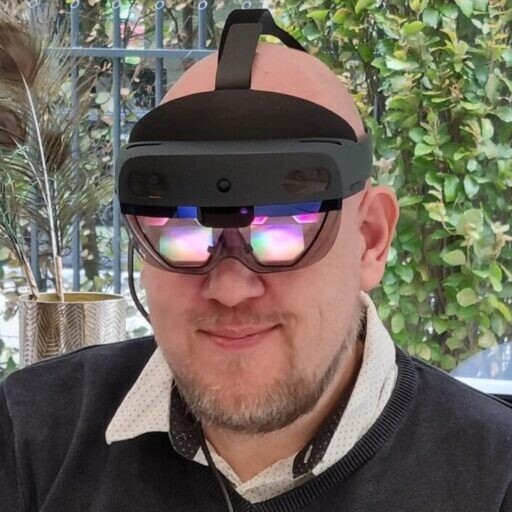
In the ever-evolving landscape of technology, augmented reality (AR) smartglasses represent a significant leap forward, merging the digital and physical worlds in ways previously confined to science fiction. With the advent of multimodal artificial intelligence (AI), these devices are not just a fleeting trend but a transformative tool poised to redefine our daily lives.
This article explores why smartglasses with AR lenses, bolstered by multimodal AI, are heralding a new era of technological integration.
My conviction that smart glasses are the optimal form-factor for human-machine interaction was reignited with Google’s teaser of Project Astra.
Continue reading




